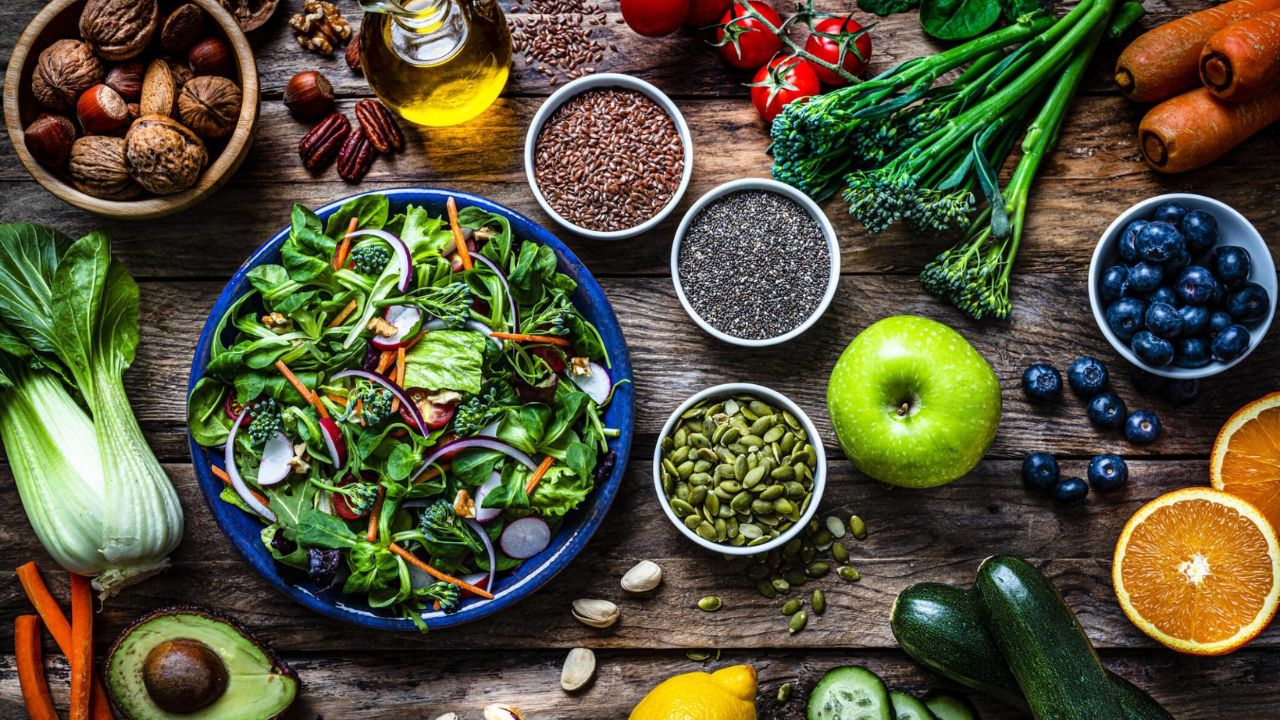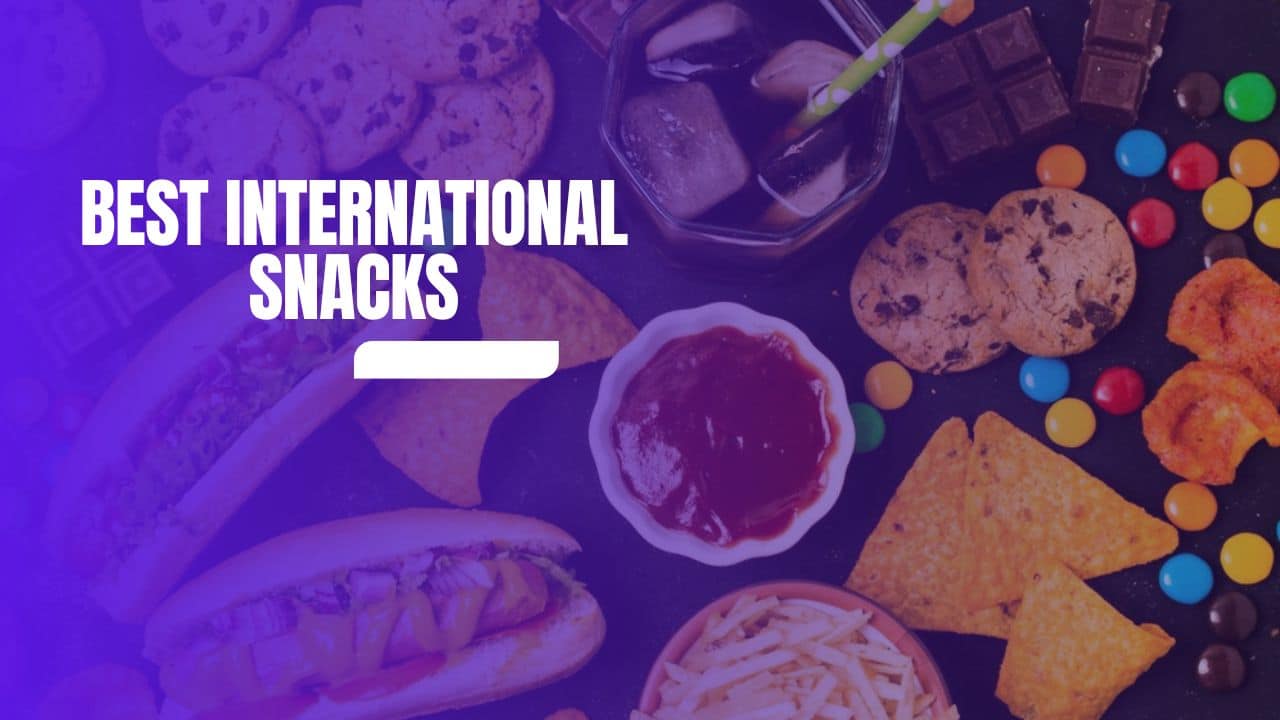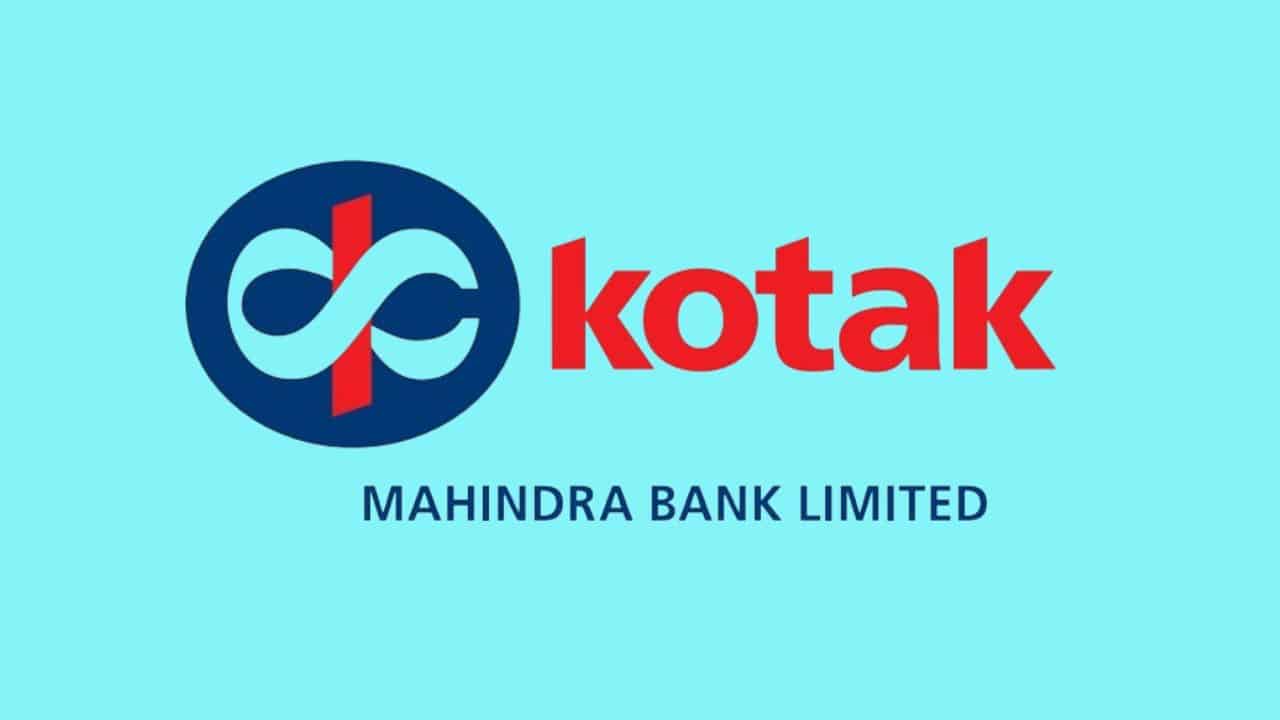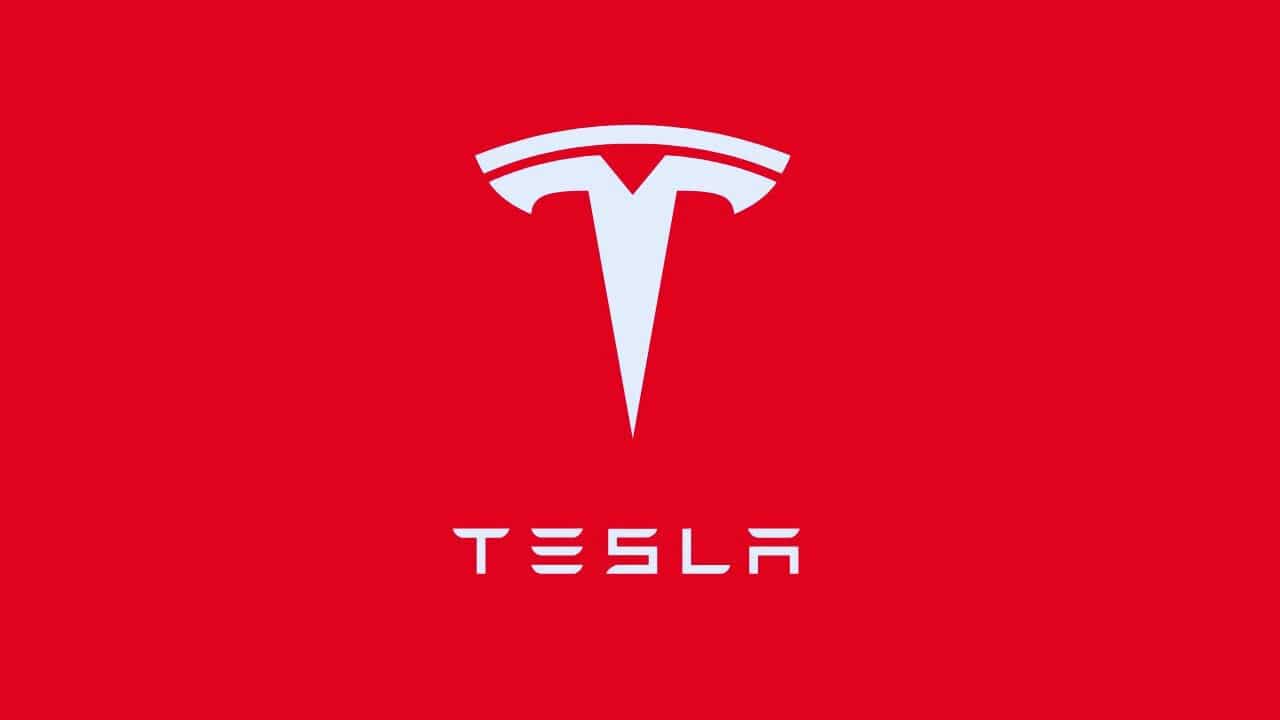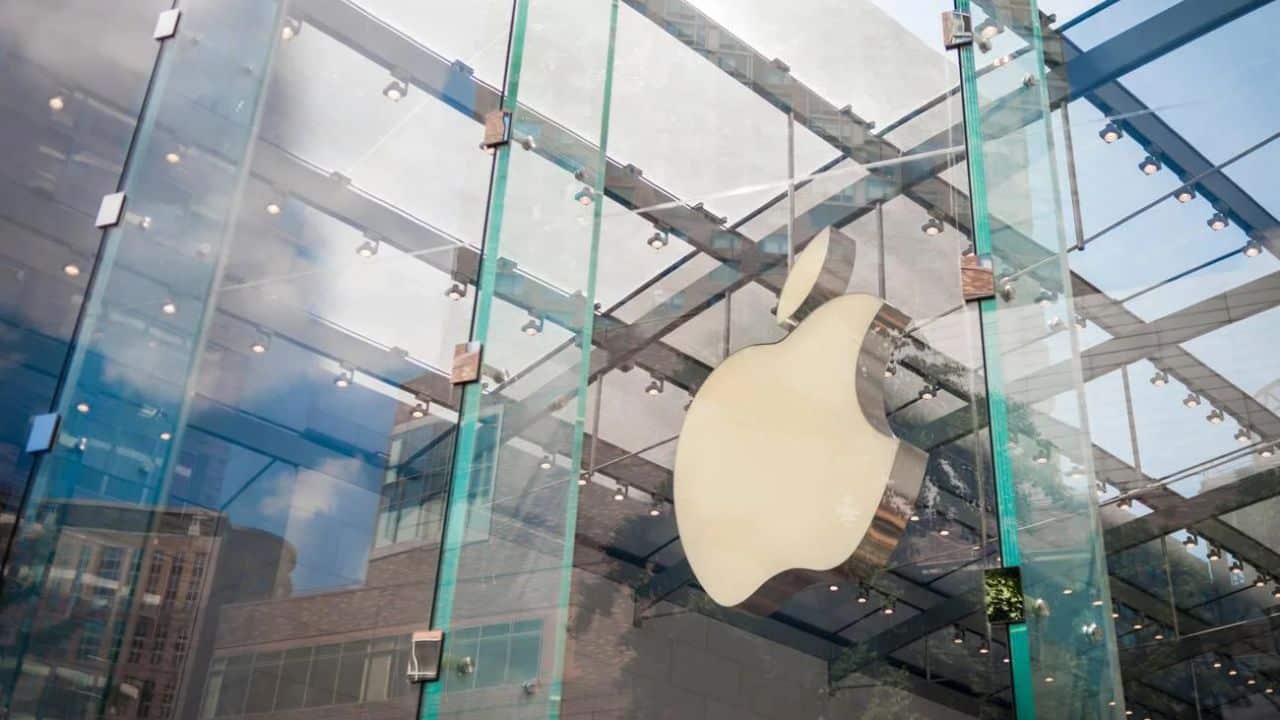Coffee is a well-loved beverage that powers mornings, sparks conversations, and gives a wonderful kick to everyday routines all around the world. While coffee’s origins may be traced back to ancient times, it has now become a vital component of many cultures, with some countries having a particular fondness for it. From bustling cafés to cozy kitchens, these countries have developed a strong appreciation for coffee’s rich scents and stimulating flavors.
The worldwide coffee market is a vast sector with annual turnover in the billions of dollars. According to Expert Market Research, the worldwide coffee market will be worth around USD 126.38 billion in 2022, with a consistent CAGR of 4.82% from 2018 to 2022. The coffee market is predicted to develop at a phenomenal 6.7% CAGR between 2023 and 2028. These data demonstrate coffee’s everlasting popularity and insatiable need.
The Economic Impact of Coffee Consumption in the World’s Leading Countries
Coffee consumption has a huge impact on the economies of the world’s leading countries. The coffee industry not only employs farmers, coffee shops, and roasters, but it also produces cash for local communities. According to recent surveys, the top coffee-consuming countries’ economic growth has increased as a result of this industry.
For example, Dutch Bros Inc. (NYSE: BROS), one of the most popular coffee businesses in the United States, has a significant presence in the American coffee market. In 2015, the coffee business in the United States contributed more than $225 billion to the economy and supported more than 1.6 million jobs. Dutch Bros Inc. (NYSE: BROS) currently has a market capitalization of $1.64 billion. Dutch Bros Inc. (NYSE: BROS) generated $739 million in revenue in 2022. In terms of countries, Brazil will be the global leader in coffee production in 2021, accounting for 40% of total global output with 69.9 million bags. Coffee’s indisputable economic significance will continue to shape the global economy for years to come.
Analysis of Demographics and Consumer Behavior
Coffee has become a vital element of many people’s daily routines in recent years, particularly among millennials and Gen Z consumers. According to recent study, the coffee business is predicted to increase dramatically in the next years, with a global market value of $144.68 billion estimated by 2025.
The increasing demand for coffee is primarily due to changing consumer preferences, who are increasingly seeking high-quality, ethically sourced, and sustainably produced coffee products. The coffee industry caters to a varied spectrum of consumers in terms of age, income, education, and lifestyle. Younger people enjoy speciality coffee beverages like lattes and cappuccinos, but older people may prefer plain drip coffee.
Furthermore, consumers in cities are more likely to frequent coffee shops and cafes, whereas consumers in rural areas may choose to brew coffee at home. According to a recent survey, about 1 billion coffee drinkers worldwide consume a whopping 2 billion cups of coffee per day. However, the majority of consumption occurs in a few nations, such as the United States, but the country’s yearly per capita consumption is very modest, at only 8 pounds. In that regard, Pakistan and Nepal are among the countries that consume the least amount of coffee.
Surprisingly, the United States has over 125 million coffee drinkers, with a sizable majority loving their morning cup of joe. According to the study, 90% of older people in the United States have acquired a strong habit of drinking coffee in the morning, while 70% of younger people aged 18 to 24 do as well.
Consumer behavior analysis is critical for coffee firms to remain competitive and relevant. Understanding consumer preferences, purchasing behaviors, and motives can assist businesses in developing effective marketing strategies, product offerings, and pricing structures.
Top 20 Countries With The Highest Coffee Consumption
1. Finland
Per capita coffee consumption in 2022: 26.45 lbs
Finns adore coffee, with a national per capita intake of 26.45 lbs (12 kg). If children are not included, the average becomes much higher. The Coffee segment in Finland is estimated to earn $2.15 billion in revenue in 2023, with the market growing at a 2.10% annual pace from 2023 to 2025.
2. Norway
Per capita coffee consumption in 2022: 21.82 lbs
Norway trails Finland in coffee consumption, with the typical person drinking three cups per day and some drinking even more. Coffee’s popularity in the country is ascribed to the colder environment, which provides a pleasant and warming sensation. The Norwegian coffee market is estimated to generate $4.26 billion in revenue in 2023 and to expand at a rate of 2.03% per year from 2023 to 2025. These data highlight the cultural significance of coffee in Norway as well as the country’s developing coffee market.
3. Iceland
Per capita coffee consumption in 2022: 19.84 lbs
Coffee has a unique role in Iceland as a comforting beverage in frigid climes. The Icelandic Coffee eCommerce market is expected to reach US$20.1 million by 2023, accounting for a sizable portion of the Hot Drinks eCommerce industry. With a projected CAGR of 18.4% from 2023 to 2027, the industry offers tremendous growth potential. These trends indicate Iceland’s strong coffee culture and the country’s hopeful outlook for the coffee eCommerce business.
4. Denmark
Per capita coffee consumption in 2022: 19.18 lbs
The Danish “kaffeslabberas” tradition, in which coffee and cake are shared casually, is treasured. Coffee consumption in Denmark is anticipated to fall slightly to 36,500 metric tons by 2026, from 39,000 metric tons in 2021. Coffee demand has decreased by 0.8% per year since 2017. These cultural rituals and consumption trends underline the importance of coffee in Danish social events, as well as the changing dynamics of coffee consumption in the country, which makes it one of the countries with the greatest coffee consumption.
5. Netherlands
Per capita coffee consumption in 2022: 18.52 lbs
The Netherlands was critical in the cultivation of Indonesian coffee, which helped to establish Indonesia as a significant global exporter. When Yemen restricted European exports in the 1600s, the Dutch circumvented export limitations by importing tax-free coffee from their Indonesian colonies. Filter coffee is still popular in the Netherlands today, feeding their passion for the beverage.
The coffee market in the country is estimated to reach $13.12 billion by 2025, with a compound annual growth rate (CAGR) of 3.84% from 2020 to 2025. These aspects highlight the Netherlands’ lasting passion for coffee as well as the market’s potential growth prospects.
Read Also: The Truth About Enzyme Coffee: Can You Lose Weight With It?
6. Sweden
Per capita coffee consumption in 2022: 18 lbs
Coffee is firmly ingrained in Swedish culture, with the “fika” custom signifying a valued stop for coffee, cakes, and talks. Despite a daily consumption of 1.8 cups per person, Swedes consume 18 pounds of coffee per year, spending nearly nine hours on this treasured ritual. The Coffee industry in Sweden is expected to generate significant revenue of US$8.34 billion in 2023, highlighting the country’s lasting love for coffee and expanding market.
7. Switzerland
Per capita coffee consumption in 2022: 17.42 lbs
Drinking coffee is a popular social pastime in Switzerland, with a penchant for espresso-based drinks such the “caffè crema.” Despite the greater price, the average Swiss consumes three cups of coffee every day. The Coffee category in Switzerland is estimated to generate US$3.71 billion in revenue in 2023, with annual growth of 1.90% expected from 2023 through 2025, emphasizing the cultural and economic significance of coffee in Switzerland.
8. Belgium
Per capita coffee consumption in 2022: 15 lbs
Belgium has a thriving coffee culture that extends beyond the consumption of the beverage. Coffee lounges throughout the country attract consumers throughout the day and serve as hubs for important conversations and transformative experiences. Despite the fact that coffee consumption in Belgium is anticipated to fall by 1.4% per year, reaching roughly 48 thousand metric tons by 2026, coffee’s role in Belgian culture remains robust. Since 2017, there has been a consistent annual fall of 1.9%.
However, the Belgian coffee eCommerce market is expected to reach US$23.1 million by 2023, emphasizing the important significance of coffee in Belgian culture and the exciting potential of the country’s online coffee business.
9. Luxembourg
Per capita coffee consumption in 2022: 14.33 lbs
Luxembourg has an exceptional coffee culture, with an annual consumption of 14.33 lbs (6.5 kg) per person. Coffee shops in Luxembourg City provide a wide variety of options, including distinctive espresso concoctions such as “lait Russe” and “café gourmand.” By 2023, the country’s coffee eCommerce industry is expected to reach US$36.6 million, accounting for 95.3% of the hot drinks eCommerce market. The expected rise is rapid, with a CAGR of 14.6% from 2023 to 2027, highlighting the importance of coffee in Luxembourg culture and the expanding eCommerce sector.
10. Canada
Per capita coffee consumption in 2022: 14.33 lbs
Canadians have a great affection for coffee, with approximately 3 cups consumed everyday. Surprisingly, just a small fraction of young adults aged 18 to 24 drink coffee on a regular basis. Tim Hortons and Starbucks are Canada’s main home brewed coffee brands. Many Canadians set aside CAD$10 to CAD$20 each week for coffee expenses.
The coffee category in Canada is estimated to create significant revenue of US$28.80 billion in 2023, and the market is expected to rise at a 5.19% annual pace from 2023 to 2025. These data demonstrate coffee’s continued appeal among Canadians as well as the country’s potential coffee sector.
11. Bosnia And Herzegovina
Per capita coffee consumption in 2022: 13.67 lbs
Bosnian coffee has a long history and holds important cultural value in Bosnia and Herzegovina. It was introduced during the Ottoman Empire’s control and quickly became a beloved tradition in Islamic customs as a substitute for alcohol. Bosnian coffee consumption is expected to increase by 0.2% by 2026, reaching 24,370 metric tons.
The coffee segment in Bosnia and Herzegovina is predicted to earn US$880.80 million in revenue in 2023, with a 2.19% annual growth rate from 2023 to 2025. These patterns show Bosnian coffee’s continued popularity and its vital significance in the region’s cultural heritage.
12. Austria
Per capita coffee consumption in 2022: 13.45 lbs
Austria’s coffee culture, typified by its historic coffee houses known as Kaffeehäuser, draws people from all across Europe. Austrians have a high passion for coffee, ingesting 13.45 lbs on average each year. The country’s coffee market is estimated to generate $5.25 billion in revenue in 2023, with a projected annual growth rate of 4.25% from 2023 to 2025. These patterns highlight coffee’s continued appeal in Austria and its vital position in the country’s cultural identity.
13. Italy
Per capita coffee consumption in 2022: 13 lbs
Coffee is profoundly engrained in Italian culture, with Italians placing a premium on high-quality coffee and demonstrating loyalty to Italian brands. Starbucks Corporation (NASDAQ:SBUX) opened its first drive-thru in Italy in 2022, collaborating with Percassi and the Q8 service station operator. Nestle, Kimbo, and Lavazza are among the major participants in the Italian coffee business. The coffee segment in Italy is estimated to earn US$13.39 billion in revenue in 2023, with a 2.54% annual growth rate projected for 2023-2025. These elements reflect the country’s strong coffee culture and vibrant market.
14. Brazil
Per capita coffee consumption in 2022: 12.79 lbs
Brazil has long been recognized as the world’s top coffee grower, with 58,211 60kg bags produced during the 2019-20 season. Starbucks Corporation (NASDAQ:SBUX) is a well-known coffee company in Brazil. The country’s coffee market is expected to create significant revenue of US$41.28 billion in 2023, with an annual growth rate of 9.28% estimated from 2023 to 2025. Brazil’s excellent coffee production and market’s rapid expansion show the country’s influential position and accomplishments in the global coffee business.
15. Slovenia
Per capita coffee consumption in 2022: 12.79 lbs
Slovenians are recognized for their love of coffee, and they may consume the most caffeine in Europe. Slovenians consume 12.79 pounds of coffee per year on average. In 2021, the country imported over 22,000 tons of coffee, with a sizable percentage coming from Brazil. Slovenia’s coffee industry is estimated to earn US$369.00 million in revenue in 2023, with a significant projected annual growth rate of 4.83% from 2023 to 2025, highlighting the country’s lasting love for coffee.
Also Read: Decaf Coffee: Friend or Foe? The Truth About its Impact on Anxiety
16. Germany
Per capita coffee consumption in 2022: 12.13 lbs
Competition in the German coffee market is strong, with dominant players controlling a substantial market share. Nestle SA, JAB Holding Company, and Tchibo GmbH Coffee Company are the market’s dominant participants. In 2023, the Coffee segment in Germany is expected to produce US$23.90 billion in revenue. From 2023 to 2025, the market is estimated to increase at a stable annual pace of 0.96%. With established companies and ongoing market growth, the German coffee market remains robust and dynamic.
17. Greece
Per capita coffee consumption in 2022: 11.9 lbs
Coffee is significant in Greek culture, with a long tradition of drinking coffee. Espresso, Greek coffee, instant coffee, and filter coffee are the most popular forms of coffee among Greeks when they visit cafeterias. Nescafe is one of the most well-known coffee brands in Greece. The country’s coffee market is estimated to earn $4.43 billion in revenue in 2023, with an annual growth rate of 2.62% projected from 2023 to 2025. This combination of a rich coffee tradition, different preferences, and market growth emphasizes the importance of coffee in Greek society, propelling Greece to the top of the coffee consumption list.
18. France
Per capita coffee consumption in 2022: 11.9 lbs
Coffee is exceptional in French culture, with 68% of the population drinking it on a daily basis. Carte Noire is the most well-known brand in France. Carte Noire is well-known for creating a favorable image, perceived quality, and value for money. Nespresso and Nescafé also have strong brand identification and score well in terms of look and perceived quality. The French coffee market is forecast to create significant revenue of US$13.84 billion in 2023, with a stable annual growth rate of 0.54% projected from 2023 to 2025.
19. Croatia
Per capita coffee consumption in 2022: 11.2 lbs
Coffee is an integral part of Croatians’ daily lives, and drinking a cup of coffee while socializing is a treasured ritual. In Croatian, the phrase “let’s go for coffee” is frequently encountered. Since 2017, the country’s coffee demand has been continuously increasing, with an average year-on-year growth of 0.5%. Coffee consumption in the country will reach approximately 22,000 metric tons by 2026. Croatia’s coffee segment is predicted to earn US$1.27 billion in revenue in 2023, with an annual growth rate of 2.11% from 2023 to 2025.
20. Cyprus
Per capita coffee consumption in 2022: 10.8 lbs
Coffee is more important in Cypriot culture than the famous’souvlaki’ dish. Despite its relative obscurity to outsiders, Cyprus is well-known for its excellent coffee. Coffee breaks are an essential part of everyday living, enjoyed both on the go and in leisurely cafe visits. The Coffee segment in Cyprus is estimated to earn US$537.50 million in revenue in 2023, with a CAGR of 3.61% from 2023 to 2025.





